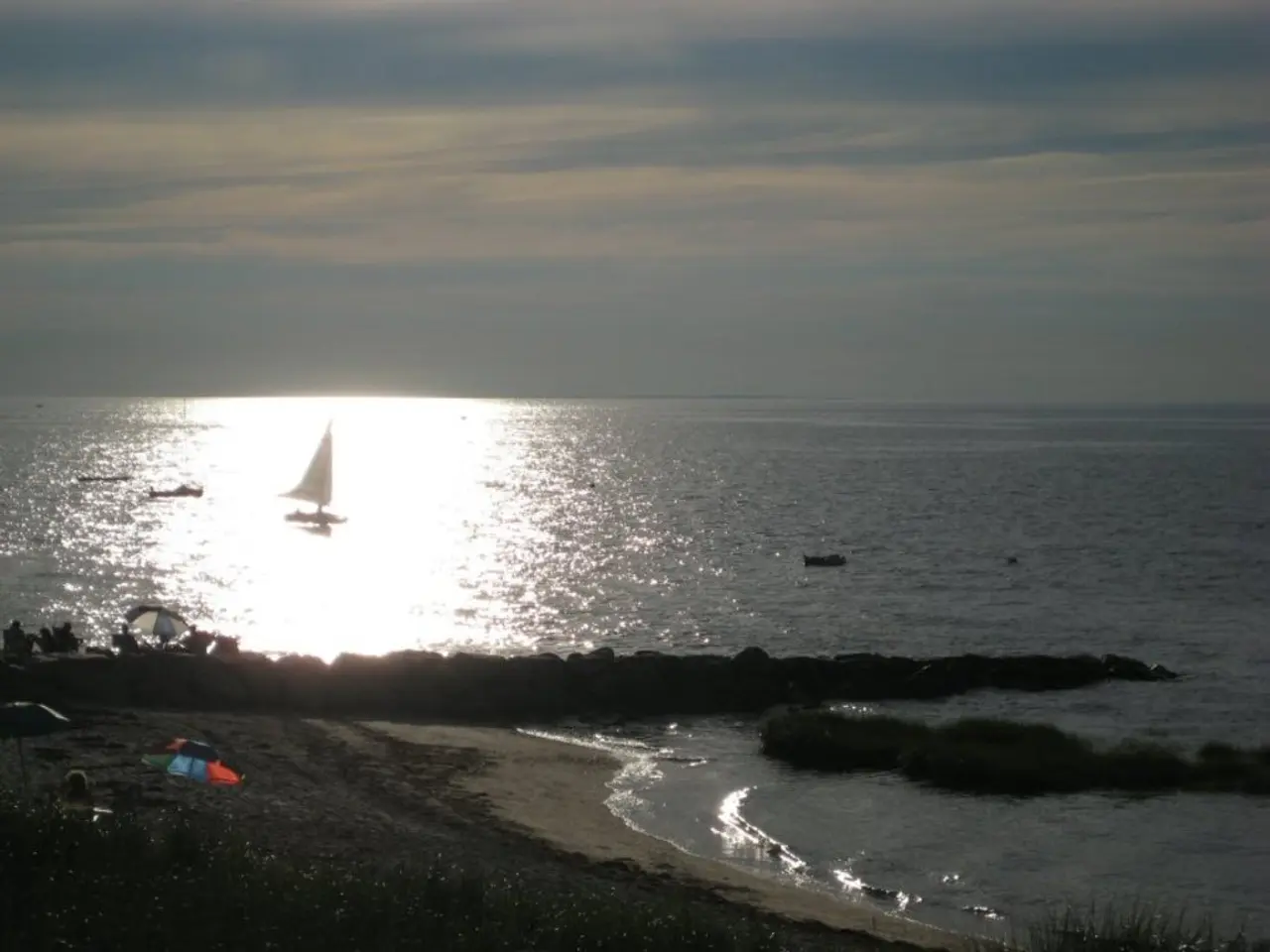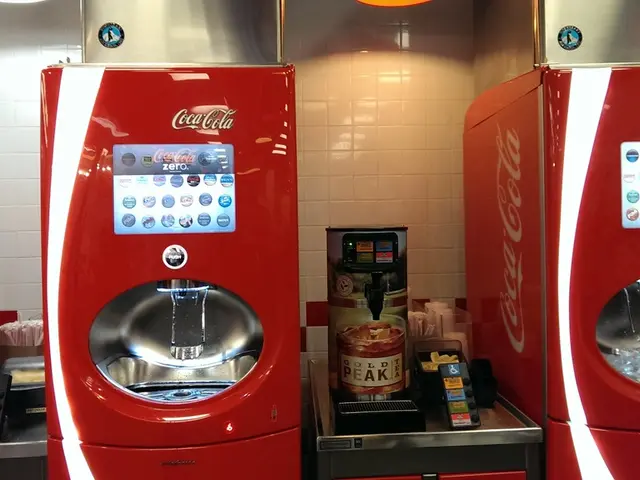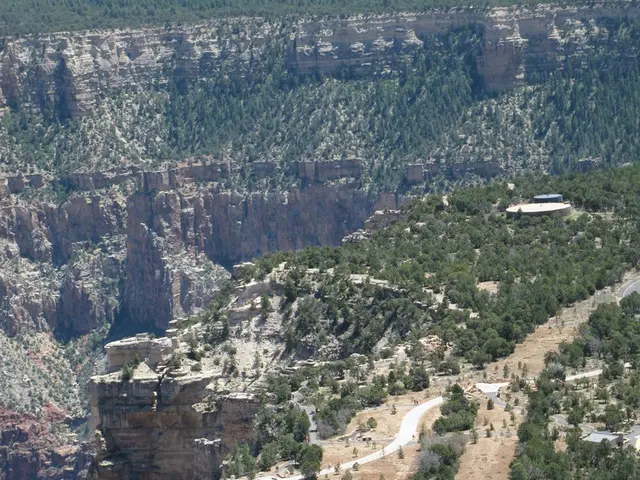Europe's Green Hydrogen Quest Faces Hurdles, but Windcatcher Offers Hope
Europe's quest for green hydrogen faces significant hurdles, including high upfront costs, regulatory fragmentation, and misaligned stakeholders. Despite these challenges, innovative solutions like the Windcatcher system are emerging, offering promise for a cleaner energy future.
Green hydrogen, produced via electrolysis using renewable electricity, can power homes and decarbonize heavy industries. However, the high initial investment and varied regulatory regimes across EU states pose obstacles to large-scale projects.
The Windcatcher system, a floating structure with multiple vertical wind turbines, is addressing these issues. By increasing output and efficiency, it reduces maintenance costs and makes offshore green hydrogen production economically viable. Germany and the Netherlands are leading the way in implementing this innovation.
The North Sea, with its vast potential to generate up to 300 gigawatts of electricity from offshore wind farms, is a prime location for this technology. Scaling up these systems can drive down production costs, a key barrier to wider adoption.
While Europe's green hydrogen ambitions face challenges, innovative solutions like the Windcatcher system offer hope. With Germany and the Netherlands at the forefront, this technology can harness the North Sea's potential, driving down costs and accelerating the transition to a cleaner energy future.







